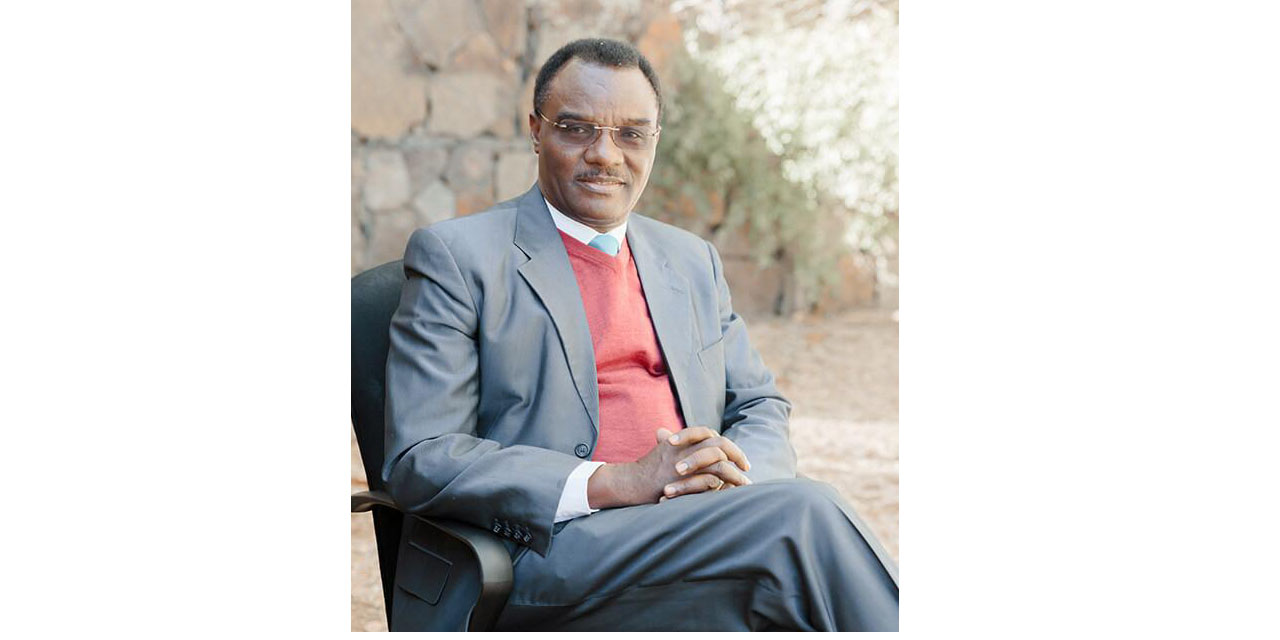Staff Reporter
Renowned Businessman and the first Permanent Secretary of the Ministry of Mines and Energy, Dr Leake Hangala says that by 2026, Namibia will have the potential to supply electricity to South Africa and the rest of southern Africa.
This, he said would be possible with the setting up of a gas power station, come 2026.
“The colleagues who are involved with the development of Kudu Gas are professional, well qualified and well resourced. We must support the venture of putting up a gas power plant near Lüderitz. We will have enough electricity to send to South Africa and to the rest of southern Africa. That is the one thing we have now and that is the thing we need to rally behind. The people who are behind this project are a credible Norwegian company which is listed on the Norwegian Stock Exchange. Like I said, they have the technical know-how and the resources to bring this project to fruition. I am positive and confident about that,” Hangala said.
Hangala reiterated that Namibia ought to make use of the plenty of gas it posses. He bemoaned the fact that Namibia had good intentions by embarking on good power projects such as the then envisaged Epupa Hydropower project during the 90’s. “Where is Epupa today? Had we completed that project back then when we started it, we wouldn’t have been facing these electricity challenges today,” said Hangala who recently announced his retirement as Chairperson of his company, the Hangala Group.
“For me, the issue of electricity is quite clear. You get electricity from hydro, and our hydro is erratic. You get electricity from coal generation, and we have no coal to generate. You get electricity from gas, and we have plenty of gas. Let’s develop what we have, he said.
Hangala, who is also a former and first Chief Executive Officer for NamPower, Namibia’s largest public utility said in an interview with the Windhoek Observer that one of the immediate tasks he took on as CEO at the power utility was to negotiate a solid power purchase agreement between Namibia and South Africa through Eskom. The negotiation, he said was one on one with his counterpart at Eskom, Alan Morgan. At the time, South Africa had surplus electricity.
“I must say that at the time Eskom offered us electricity at a very cheap price. Although our colleagues in South Africa have challenges, they continue to honour that agreement until today. I must say that once, again when I joined NamPower the company had N$200 million, but by the time I left the company had a positive cashflow of N$2 billion,” Hangala said.
Namibia currently produces power locally and imports about half its electricity, with the bulk of this being supplied by Eskom in South Africa and the balance by ZESCO in Zambia. NamPower also imports on a smaller scale from Zambia for supply to the Zambezi Region and exports on a small scale to Angola and Botswana. There are currently three power stations in Namibia which are owned and operated by NamPower, i.e. the Ruacana hydro-electric power station, Van Eck coal-fired power station, and the Paratus diesel power station.
South Africa yesterday announced that Stage 4 load shedding will be implemented from 16:00 pm and will continue until Tuesday morning at 05:00.
After that, load shedding will be reduced to stage 3 until 16:00, with stage 4 then being implemented until 05:00 am on Wednesday.
The rotation between stage 3 and stage 4 will continue until further notice. Meanwhile, South African President Cyril Ramaphosa will announce the new minister of electricity today during his much anticipated cabinet reshuffle. During his recent State of the Nation Address he announced that he would appoint a minister of electricity to specifically deal with that country’s nation’s energy crisis.
Last month, Minister of Mines and Energy, Tom Alweendo summoned the management of both his ministry and that of Nampower, to express his concern about Namibia’s readiness to overcome its energy requirements if the south African power utility, Eskom pulls the plug on Namibia’s power supply.
Alweendo at the time could not provide further information about the meeting although a source in the Ministry familiar with the meeting divulged that Alweendo was very frank in the meeting about the potential disaster that the ‘doomsday scenario’ could spell to the Namibian economy as South Africa is the largest supplier of electricity to Namibia.




